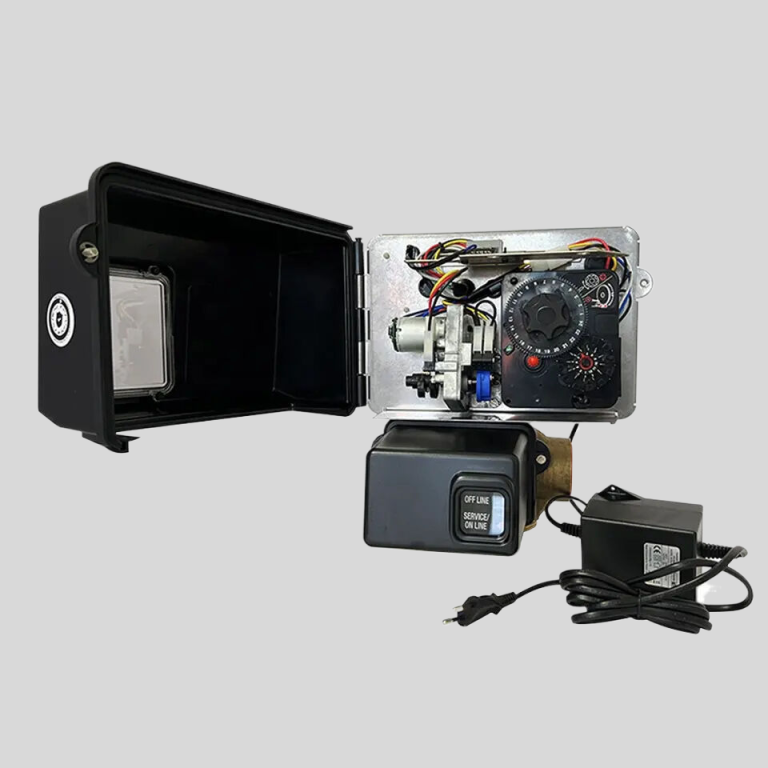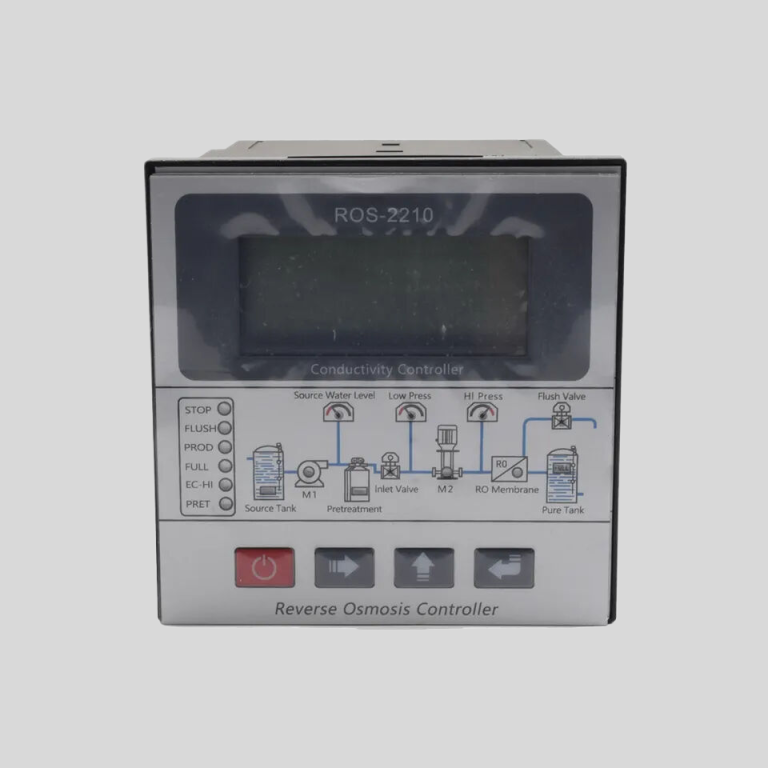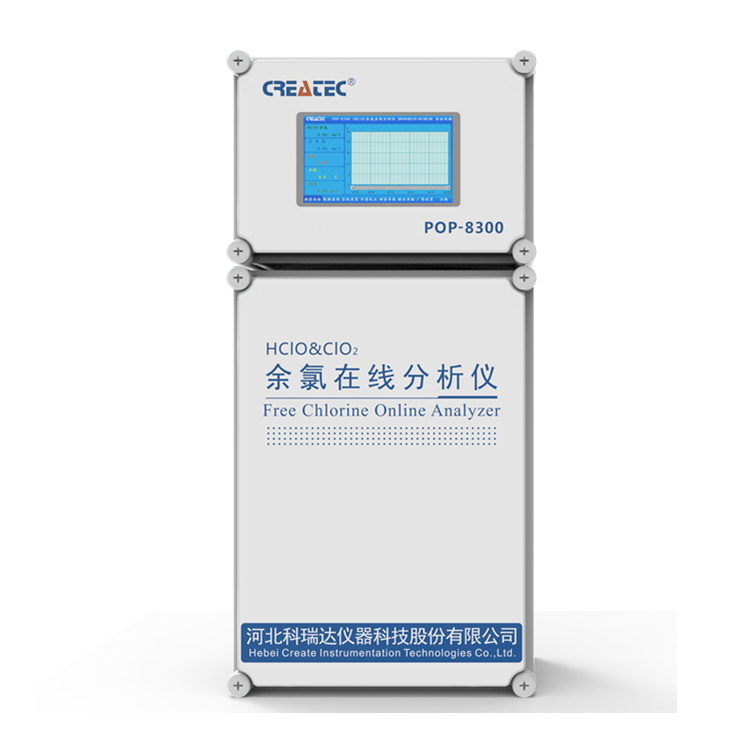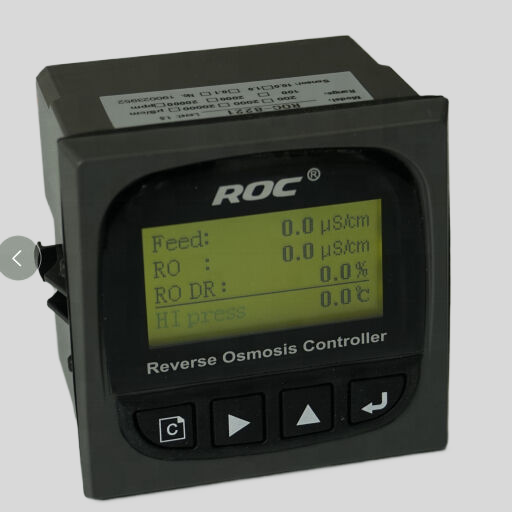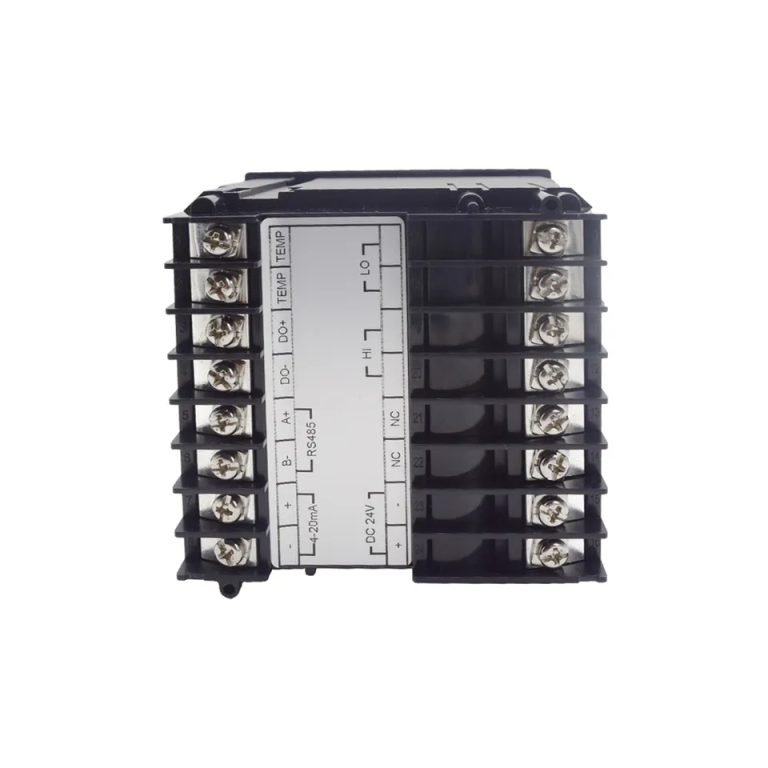Table of Contents
Benefits of Using Calibration Solutions for pH Meters
Calibration solutions are essential tools for maintaining the accuracy and reliability of pH meters. These solutions are specially formulated to ensure that pH meters provide precise and consistent readings, which is crucial for a wide range of applications in various industries, including food and beverage, pharmaceuticals, environmental monitoring, and research.
One of the primary benefits of using calibration solutions for pH meters is that they help to ensure the accuracy of pH measurements. pH meters are sensitive instruments that can be affected by a variety of factors, such as temperature changes, contamination, and electrode aging. By regularly calibrating pH meters with calibration solutions, users can correct for these factors and ensure that their measurements are accurate and reliable.
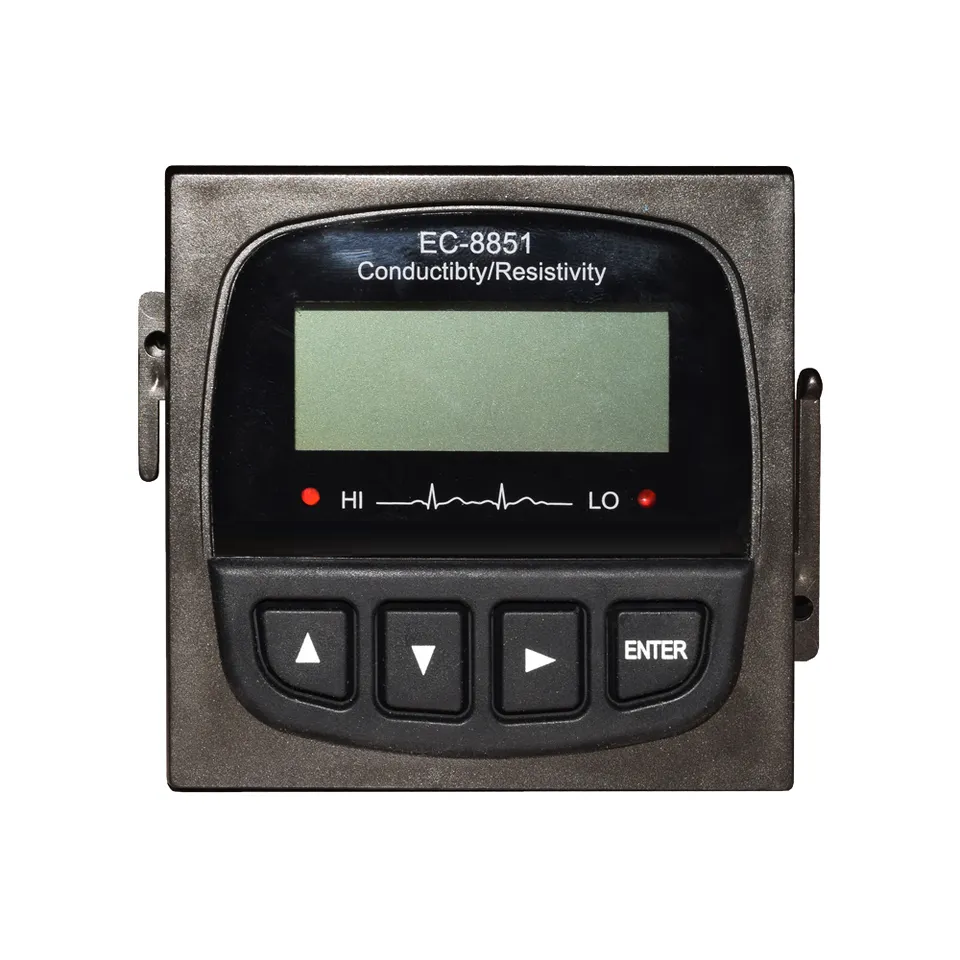
Another benefit of using calibration solutions for pH meters is that they help to maintain the performance of the instrument over time. pH meters can drift out of calibration over time, leading to inaccurate readings and potentially costly errors. By regularly calibrating pH meters with calibration solutions, users can prevent drift and ensure that their instrument continues to perform at its best.
Calibration solutions also help to standardize pH measurements across different instruments and laboratories. Different pH meters can have slight variations in their readings, even when properly calibrated. By using the same calibration solutions across all instruments, users can ensure that their measurements are consistent and comparable, regardless of the instrument used.
In addition to ensuring accuracy and reliability, calibration solutions also help to extend the lifespan of pH meters. Regular calibration with calibration solutions can help to prevent damage to the electrodes and other sensitive components of the instrument, prolonging its overall lifespan and reducing the need for costly repairs or replacements.
Furthermore, using calibration solutions for pH meters is a simple and cost-effective way to ensure the quality of pH measurements. Calibration solutions are readily available from a variety of suppliers and are relatively inexpensive compared to the cost of replacing a faulty ph meter or dealing with the consequences of inaccurate measurements.
How to Properly Calibrate a ph meter Using Calibration Solutions
Calibrating a ph meter is an essential step in ensuring accurate and reliable measurements of acidity or alkalinity in a solution. pH meters are widely used in various industries, including agriculture, food and beverage, pharmaceuticals, and environmental monitoring. To achieve precise and consistent results, it is crucial to calibrate the ph meter regularly using calibration solutions.
Calibration solutions are standardized solutions with known pH values that are used to adjust and validate the accuracy of pH meters. These solutions come in various pH levels, typically ranging from pH 4.01, pH 7.00, and pH 10.01. It is important to use the correct calibration solution based on the pH range of the samples being tested.
| Model | EC-8851/EC-9900 High Precision Conductivity/resistivity controller |
| Range | 0-200/2000/4000/10000uS/cm |
| 0-20/200mS/cm 0-18.25MΩ | |
| Accuracy | Conductivity:1.5%; Resistivity:2.0%(FS) |
| Temp. Comp. | Automatic temperature compensation based on 25℃ |
| Oper. Temp. | Normal 0~50℃; High temp 0~120℃ |
| Sensor | 0.01/0.02/0.1/1.0/10.0cm-1 |
| Display | LCD Screen |
| Current Output | 4-20mA output/2-10V/1-5V |
| Output | High/Low limit dual relay control |
| Power | DC24V/0.5A or |
| AC85-265V±10% 50/60Hz | |
| Working Environment | Ambient temperature:0~50℃ |
| Relative humidity≤85% | |
| Dimensions | 96×96×72mm(H×W×L) |
| Hole Size | 92×92mm(H×W) |
| Installation Mode | Embedded |
To properly calibrate a ph meter using calibration solutions, follow these steps:
1. Start by preparing the calibration solutions. Ensure that the solutions are fresh and have not expired. It is recommended to use freshly prepared calibration solutions or replace them if they have been stored for an extended period.
2. Rinse the electrode of the ph meter with deionized water to remove any residue or contaminants. Gently blot the electrode with a clean tissue to dry it.
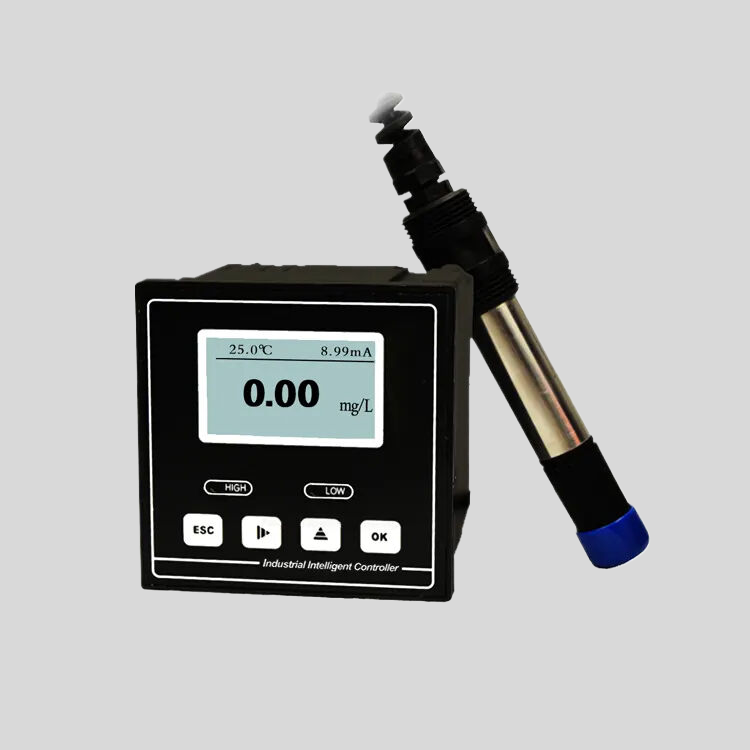
3. Immerse the electrode of the ph meter into the first calibration solution, typically pH 7.00. Allow the electrode to stabilize and read the pH value displayed on the meter. Adjust the ph meter reading to match the known pH value of the calibration solution by using the calibration controls on the meter.
4. Rinse the electrode with deionized water and blot it dry before immersing it into the second calibration solution, either pH 4.01 or pH 10.01, depending on the pH range of the samples being tested. Repeat the calibration process by adjusting the ph meter reading to match the known pH value of the calibration solution.
| model | pH/ORP-5500 series pH/ORP online transmitting controller | |
| Measurement range | pH | 0.00~14.00 |
| ORP | -2000mV~2000mV | |
| Temp. | ( 0.0~50.0)℃ (temperature compensation component:NTC10K) | |
| Resolution | pH | 0.01 |
| ORP | 1mV | |
| Temp. | 0.1℃ | |
| accuracy | pH | 0.1 |
| ORP | ±5mV(electronic unit) | |
| Temp. | ±0.5℃ | |
| Approximate input impedance | 3×1011Ω | |
| Buffer solution | pH value: 10.00;9.18;7.00;6.86;4.01;4.00 | |
| Temp. compensation range | (0~50)℃(with 25℃ as standard)Manual and automatic temperature compensation | |
| (4~20)mA | characteristics | Isolated,fully adjustable,reverible,instrument/transmitter for selection |
| Loop resistance | 500Ω(Max),DC 24V | |
| accuracy | ±0.1mA | |
| Control contact | Electrical contacts | Double relay SPST-NO,return model |
| Loop capacity | AC 220V/AC 110V 2A(Max);DC 24V 2A(Max) | |
| Power consumption | <3W | |
| Working environment | temperature | (0~50)℃ |
| humidity | ≤85%RH(none condensation) | |
| Storage environment | Temp.(-20-60) ℃;relative humidity:≤85%RH(none condensation | |
| Outline dimension | 96mm×96mm×105mm(H×W×D) | |
| Hole dimension | 91mm×91mm(H×W) | |
| installation | Panel mounted,fast installation | |
5. After calibrating the ph meter with two calibration solutions, rinse the electrode with deionized water and blot it dry. Your ph meter is now calibrated and ready for use.
It is important to note that calibration should be performed regularly, ideally before each use or at least once a day, depending on the frequency of use and the criticality of the measurements. Additionally, it is recommended to calibrate the ph meter with at least two calibration solutions to ensure accuracy across a wider pH range.
In conclusion, calibration solutions are essential tools for maintaining the accuracy and reliability of pH meters. By following the proper calibration procedures and using the correct calibration solutions, you can ensure precise and consistent pH measurements in your samples. Regular calibration of pH meters is crucial for obtaining reliable results and maintaining the quality of your products or processes. Remember to always follow the manufacturer’s instructions and guidelines for calibrating your ph meter to achieve optimal performance.

